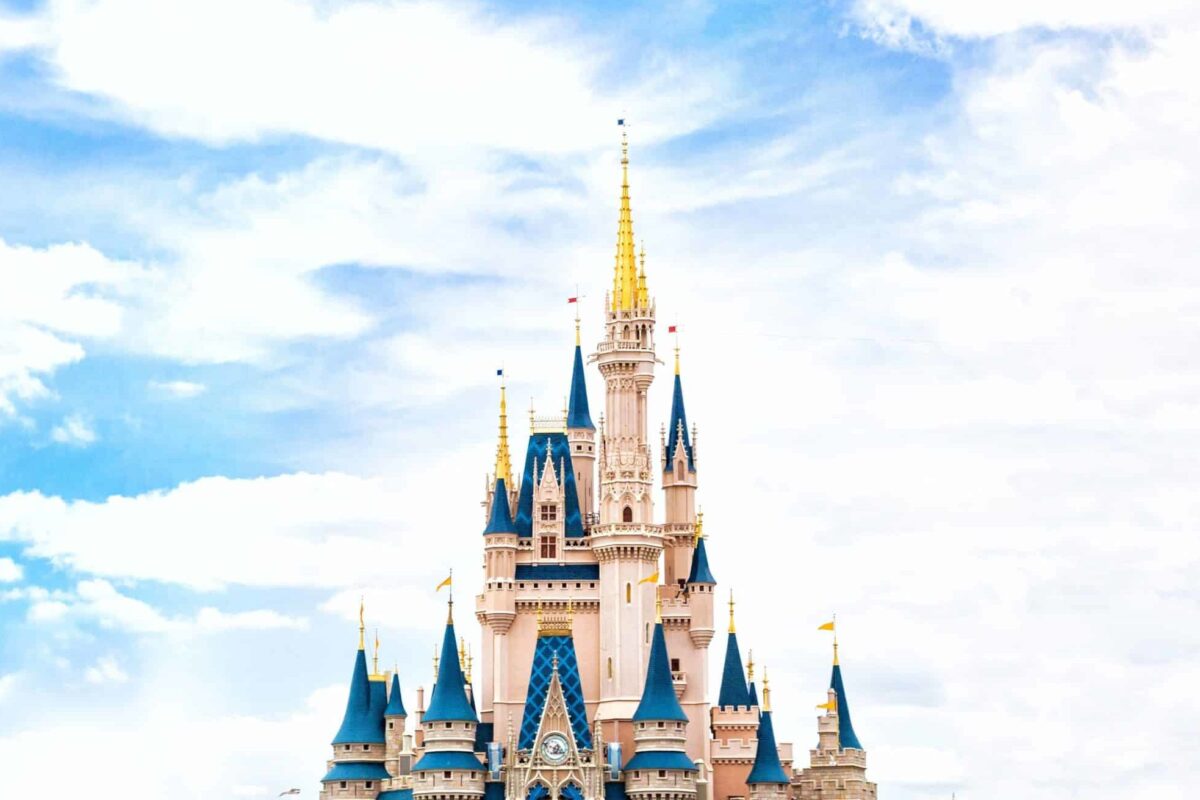In this three-part series, the Bishop of Edmonton, The Rt Revd Rob Wickham, explores how we can make space for young people to develop their own sense of spirituality.
I wonder how you make space for children to develop a sense of spirituality. You will be making loads of spaces, ultimately for the Spirit to do that which he wishes to do in the midst of the young people. I want to look at two types of spiritual space you could make for children and young people, before exploring the spaces we see in a Bible story in part three.
Some years ago, our family visited Disney World. We went on rides, rollercoasters and safaris, and we had such fun. Disney World is an incredible experience. It is a consumerist heaven, where the cult of celebrity exudes from every pore, even though most of the celebrities are animated creatures. Visitors are told that their dreams will come true, without being asked what those dreams might be.
The experience was beautifully crafted, manufactured, and very uncreative; you did not have to think, just to accept and enjoy. It was inclusive; the cast were of all different ages, cultures and sexualities; all there with the sole purpose of giving you a good time.
What the church can learn from Disney
We have so much to learn from Disney. Its clarity, beauty, inclusivity, sense of engagement, fun and gregarious nature can all be used in the mission of God’s Church. But, is it fulfilling? Well, yes of course, otherwise it would not have been as successful as it is.
What we must learn from, is their passionate desire to engage creatively with all senses and all technologies, ancient and modern. Worship is a lively holistic encounter with the Risen Christ, the Trinity in action and not a cerebral activity for the few; sensory engaging and vibrant. Is this the kind of space that we need to create for our young people to develop a spirituality?
Disney’s gospel is however, undoubtedly different from that of Jesus’ and a developing relationship with him. Its product is undergirded by a narrow capitalistic consumerism and a desperation for customers to part with cash. After the event, there is little sense of belonging except in an ethereal world of dreams, although it might seem rather inviting after a heavy team meeting. But the principle remains: is this the kind of space that is needed for the development of a spirituality? Fill children with the right things, and will they become model citizens?
Kataphatic experiences
Let me unpack this a little: to use the posh words, Disneyland is a stunning ‘kataphatic’ experience. By which you can learn about God in positive terms, which emphasise his revelation. Here, you are transformed and fed by image, you are bombarded by sights sounds and smells. They demonstrate a God of creativity eagerly at work in the here and the now. This is playful God enthusiastically developing your passionate and prayerful imagination. Much of our worship across all traditions is of a kataphatic nature, where we make use of stimulus of the senses to make space for the spirit; I wonder if we can think about these spaces with more creativity than Disney. Can we work with children and young people in curating them? Additionally, can we learn from traditions other than our own?
In the next article, we will look at the opposite type of space as we seek to strip all these stimuli away and play instead with silence and emptiness.
More in this series:
- Spiritual Spaces Part 1: Learning from Disney
- Spiritual Spaces Part 2: What I Learned In The Desert
- Spiritual Spaces Part 3: Creating Space to Recognise Truth
